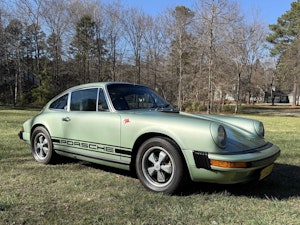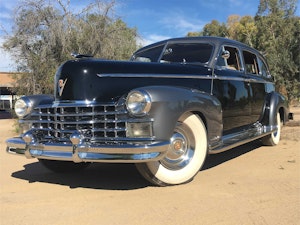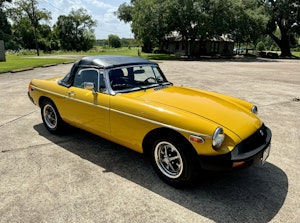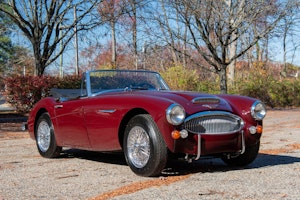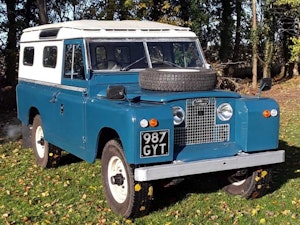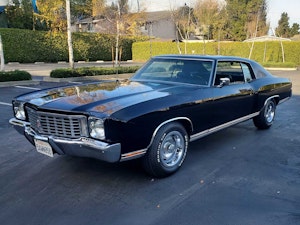Feature Failures: Five of the silliest automotive features ever
Occasionally, automakers get it right in the new feature department — seat heaters? Good. Back-up camera? Good. Intermittent wipers? Really good. Self-parking? BMW’s iDrive and Ford’s Microsoft Sync? Let’s just say the jury’s still out. The market, however, decided quickly on the list below, which contains automotive gimmicks that range from not-very-useful to patently absurd.
- Record Player: Offered by Chrysler from 1956 to 1957, it was the auto industry’s first attempt at making pre-recorded music playable in a car. While engineered for the rather bumpy environment of a moving car, the player wasn’t immune to skipping and scratching the records, which weren’t the standard-size LPs or 45s but a smaller proprietary format that required owners to buy all of their music again. Those of a certain age who have owned Pink Floyd’s “Dark Side of the Moon” on 8-track, vinyl, cassette, CD and MP3 can sympathize.
- Front-Mounted Horse Head: This turn-of-the-century accessory was meant to make early internal combustion cars less frightening to horses. More than just a freakishly large hood ornament, it literally consisted of a not-very-convincing, life-size fake horse head that could be mounted on the front of the car. It could also be used as an additional fuel tank, pre-dating the Pinto, (the other exploding equine) by some 70 years.
- Swamp Cooler: Numerous companies from the 1930s through the 1960s marketed these ungainly contraptions that looked like the offspring of a jet engine and a canister vacuum. The device attached to the window of the car and contained a few gallons of water, which used the ram air effect created while the car was moving to force humidified air inside. They were minimally effective in hot, dry areas. Practical and relatively inexpensive auto air conditioning put an end to their use. Occasionally, auto swamp coolers can still be seen as odd period accessories on classic cars.
- Rear-Facing Seats: Car sickness occurs when the brain receives conflicting signals about whether the body is in motion or not. Rear-facing seats were a common source of this type of cerebral confusion, yet they were standard as the “back, back” seats in so many of the classic station wagons that baby boomers grew up (and threw up) in.
- Semi-Automatic Transmission: Both Porsche and Volkswagen used this obscure bit of technology to allay the fears of clutch-o-phobes. It was essentially a conventional manual transmission without a clutch pedal. The device was actuated when the driver put his or her hand on the shift lever. Unlike today’s shiftable automatics, there was no fully automatic mode. You had to move the lever through each gear. Porsche called it “Sportomatic,” and VW called it “Automatic Stickshift,” even going so far as to advertise it with a chrome badge on the back of the car. They’re heartily disliked by collectors who often replace them with conventional manual transmissions.
Click here to sign up for more classic car stories from Hagerty.
Marketplace
Buy and sell classics with confidence


